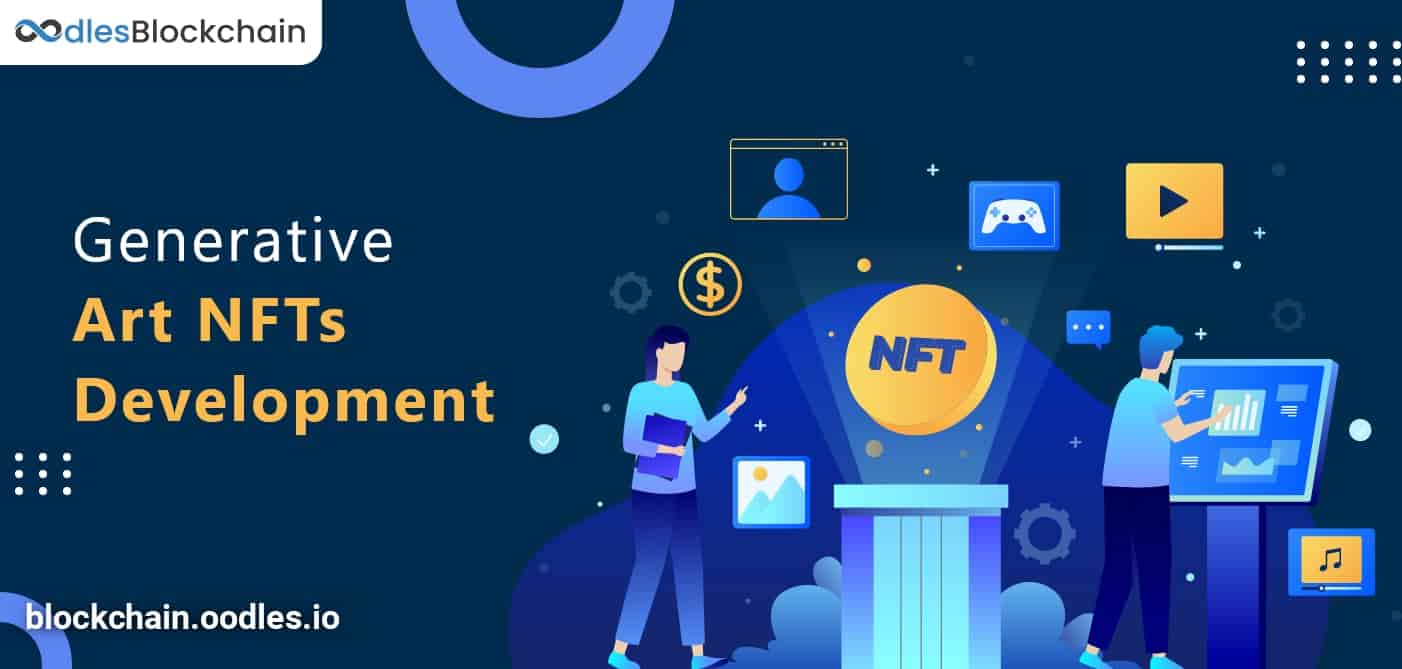Generative Art NFTs | A Quick Guide to Knowing Critical Aspects

Generative art NFTs are one of the most sought-after NFT art forms amid the rising popularity of NFTs based on blockchain application development. Indeed, the emergence of generative art platforms like Art Blocks and FXhash has spread awareness of these NFTs across a larger audience of crypto artists. It has reached a point where some of these NFTs have sold for hundreds of thousands of dollars.
Generative code artists employ computers to create thousands of on-demand digital materials and keep them on the Ethereum blockchain. A randomly generated version of the content gets developed by an algorithm and sent to the collector’s Ethereum address once the collector selects the style they like and pays for the work using cryptocurrency. Each work represents an original and one-of-a-kind partnership between the artist, collector, and machine thanks to the implementation of inputs from the collector at the time of mintings, such as their wallet address, gas price, block number, block timestamp, and transaction ID.
Generative art NFTs are digital works of art. Developers use smart contracts to create them and blockchain to store them. Whether or not a developer has developed a code into an NFT, generative art NFTs will get produced by running it. Artists frequently produce a group of images and add a few rules to the coding. The underlying artwork is then generated automatically by the algorithm by randomly combining the images or patterns to the guidelines provided by the artist.
You must convert your ready-to-use generative art into an NFT. On the most well-known NFT marketplaces, you can convert your artwork into an NFT. OpenSea makes it simple to turn your artwork into an NFT and sell it for sale there. Do you wish to produce generative NFT art as well? Do connect with our team at marketing.blockchain@oodlestechnologies.com